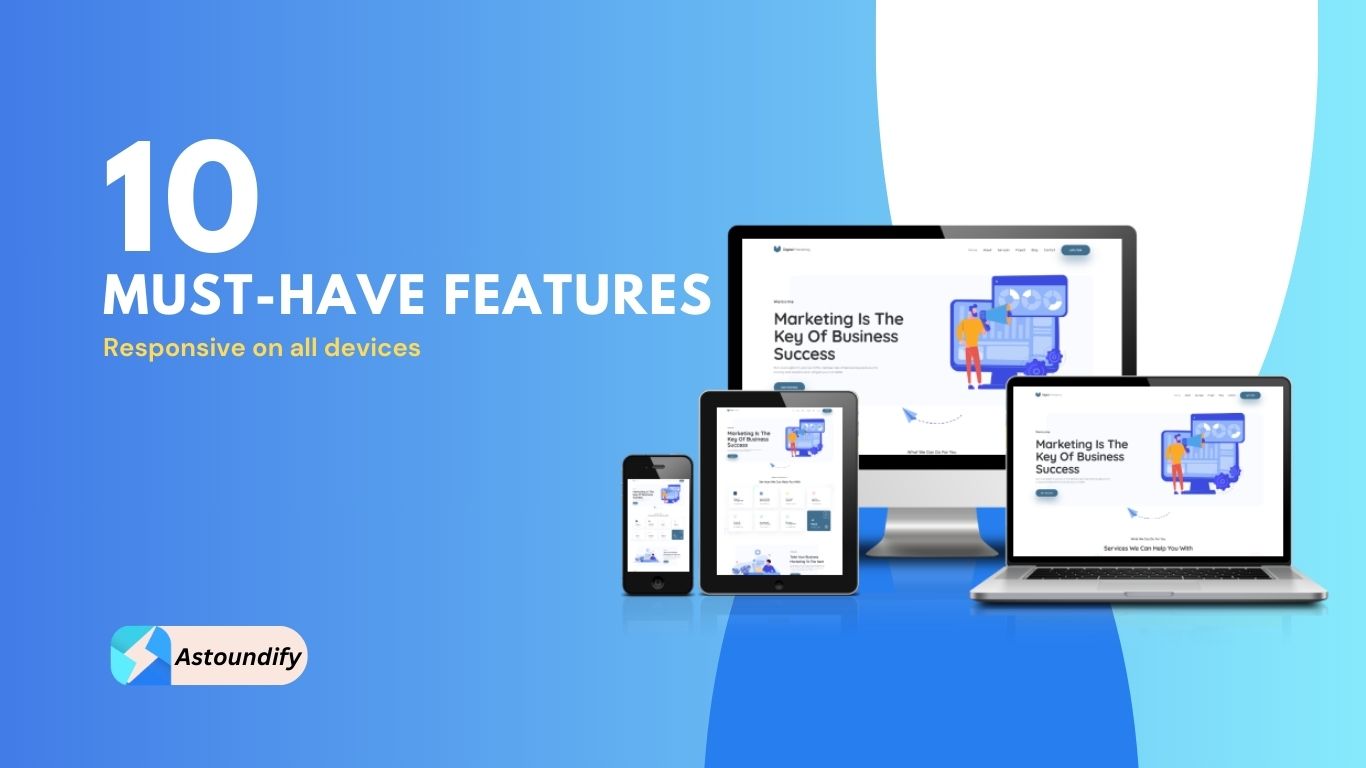If you’re a digitally inclined person, marketers, in particular, managing your business and marketing your product online, you probably have a gist of knowledge of what landing pages are all about.
Landing Pages is the webpage where people are taken when they click or follow a particular link, hence the word “land.” It is typically used in advertising campaigns and is also where the conversion happens.
Conversion is the process where your potential client, or website visitor, eventually signs up to your product or service and converts into a lead. Meaning to say, these leads are those individuals who showed interest in your product or service offerings. In marketing, your main goal is to always generate more leads and guide them up until their purchase.
In lead generation, it is important that you supplement it with an efficient landing page as according to Hubspot, it “..allows you to convert a higher percentage of your visitors into leads, while also capturing information about who they are and what they’ve converted on.” This one is critical particularly if you’re aiming to increase your sales.
Now that we already have a snapshot of how landing pages work, let’s take a look at what makes a landing page convert.
Table of Contents
ToggleTips on how to make your landing page stand out
Keep it SIMPLE
We cannot emphasize enough how simplicity covers us even in the most complex situations.
In creating a landing page, always keep in mind that a simple and easy-to-navigate landing page is the key to conversion. Imagine if you’ll be directed towards a page with too many things going around.
You’ll obviously lose focus.
You can start with a catchy image or animation, your killer headlines and subheadlines followed by a brief description, your short lead capture form, then proceed to your call-to-action (CTA). That way, your visitors will not be overwhelmed with too much information and elements running after them.
Don’t make your landing page too crammed with information.
Shorten your lead form
Only ask what is needed.
That is the rule of thumb. Avoid asking too many unnecessary questions. It will not only use up your spaces but will also drive your visitors away. Typically, opt to ask only their name and email addresses and just obtain further information and data on the next steps.
Don’t demand too much as it might put you at risk. Instead, go slowly and take one at a time. That way, your visitors will not feel too overwhelmed and hesitant in typing down their information.
Use single CTA
Put on a spotlight on your call-to-action (CTA). CTAs are critical in your landing pages as it tells and guides your visitors on what to do next. In doing it effectively, try to incorporate the three (3) C’s: catchy, concise, and compelling. Avoid using lengthy wordings and keep it as simple as possible so you do not confuse or mislead your readers.
As defined by U.S. Small Business Administration, CTAs are the most important element of a high-converting landing page. Therefore, it is important that you put emphasis on it and make sure that your visitors will have a second look. Use just one, but make sure to gun it down.
Above the fold Positioning
To ensure that your visitors’ attention is solely directed to your CTA and other important information, make sure that you place it at the top. Because of its visibility, you can easily grab your visitor’s attention and allow them to keep on your site searching for as much information as they need.
Always be aware that you place the most important information that would make your visitors stay and stick around instead of bouncing back and visiting another site.
If you noticed that you’re not drawing in readers and visitors, you better check on your positionings as that might be the culprit.
Tailor fit according to audience
In social media, there are different groups of people scrolling through websites every single day. That being said, always make sure to create your landing page tailored to your target audience. Pay attention to the words and illustrations that you use as some of your visitors might not get the message you want them to understand.
Always use the language that your visitors use to ensure that your intended message is being communicated and being transcribed properly and correctly.
As cited in the article “Why Tailoring Content to Your Products Increases Sales,” a study conducted by Accenture revealed, “..that 73% of consumers blatantly preferred businesses that offered personalized shopping experiences.” Therefore, people’s behavior is somewhat influenced by the way you present the product and their future decisions would be highly reliant on how satisfied they are with their experience.
Avoid lengthy content
According to Carter B. (2019, February 10), “Do People Read Long-Form Content?” published on Clariant Creative, people’s behavior in social media, particularly in reading lengthy content is low. In fact, statistics revealed that only 10-20% of readers were actually taking their time reading until the end.
This serves as a clear manifestation for you to cut down unnecessary information that’s stuffing your page. Use concise words that would drive people’s attention, and if not, you may opt to use images, infographics, and other visuals instead as it proved to be more effective.
According to Bryan Caplan, there were already studies that proved that people recall 65% of visual information while there is only 10% retention in the written contents, both in the same amount of time.
After being successful in getting visitors to crowd your webpage, the next important step is to determine how to convert them into leads.
That is where your landing page comes into the spotlight.
To further help you establish your competitive landing pages, you may check out Astoundify and get ready to boost your leads with awesome WordPress themes and captivating designs.






Leave A Response